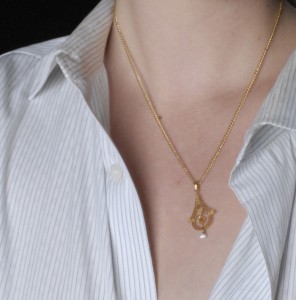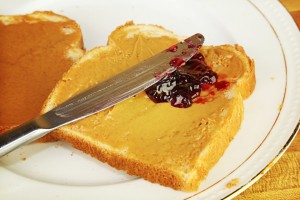Return to Things to Know About Dry Cleaning
Cleaning Cotton Fabrics can be hard work
 Cotton as a fabric has been around for thousands of years and is used for various and assorted needs, however, it still needs extra precise steps when being cared for. This is according to the University of Missouri’s research department, “Cotton’s elasticity allows it to withstand high temperatures, has high wash ability and is very susceptible to dyes. It has an affinity for dyes yet some of the colors like turquoise blue, shocking pink and black always bleed and require special precautions when washed at home (Sarees, “How to Care your Cotton Clothes). To prevent bleeding, similar colors should be washed together on the specific heat setting that color family needs. There is also cleaning instructions on every cotton garment which calls for a specific washing regiment to ensure that item stays in the best condition possible”.
Cotton as a fabric has been around for thousands of years and is used for various and assorted needs, however, it still needs extra precise steps when being cared for. This is according to the University of Missouri’s research department, “Cotton’s elasticity allows it to withstand high temperatures, has high wash ability and is very susceptible to dyes. It has an affinity for dyes yet some of the colors like turquoise blue, shocking pink and black always bleed and require special precautions when washed at home (Sarees, “How to Care your Cotton Clothes). To prevent bleeding, similar colors should be washed together on the specific heat setting that color family needs. There is also cleaning instructions on every cotton garment which calls for a specific washing regiment to ensure that item stays in the best condition possible”.
Neal Krueger, Department of Textile and Apparel Management, University of Missouri, sites a little known fact is that “…some cotton clothes may require to be dry cleaned only and therefore should not be washed in the household washing machine. Though cotton is highly washable, it has a tendency to wrinkle easily. Ironing is the most effective way to get the wrinkles out. There are many tricks and tips to make ironing easier yet the best tip is iron cotton clothing on the “wrong” (reverse, inside out) side, while it is still slightly damp. This will allow for any finish on the cotton to not be harmed and still achieve the crisp look. Doing this process while the cotton is damp allows the added strength of the cotton to help get the wrinkles out and eliminates most friction that would combat the heat when wet”. We would also point out that fabrics with loose weaves or worn loosely tend to catch fire more easily. This is because there is more oxygen around the fabric to aid the burning process. Fluffy or fuzzy clothes or clothes with dangle bits hanging off them also tend to catch on fire easily, unlike smooth not fluffy clothes with no dangle bits. Denim with its heavy closely woven weave tends to burn slower.
Most often asked question for per-preschoolers’ clothing is how to remove Peanut Butter Stains from clothing. Start by Scrape to remove excess. Sponge the area with a dry-cleaning solvent. Apply a dry spotter. Cover the stain with an absorbent pad dampened with the dry spotter. Let it remain in place as long as any stain is being removed. Change the pad as it picks up the stain. To help loosen the stain, tamp (the method of bringing a brush down with light strokes on stained durable fabrics and materials) and blot the area. Flush with one of the liquid dry-cleaning solvents. To remove a persistent stain, sponge with water, apply a wet spotter, and tamp occasionally. Blot up any loosened material with an absorbent pad. Flush the area with water and repeat until no more stain is removed. Allow to dry.

Or let WCK Cleaners do it, and if you’re concerned about color “bleeding”, or you don’t have time for ironing that “crisp look”, let us do the worrying and the work for you… remember …in by 9:00am, out by 5:00pm.
(Works Cited:Aguirre, Sarah. “Cotton.” http://housekeeping.about.com/od/fabricglossary/g/fabric_cotton.htm)

